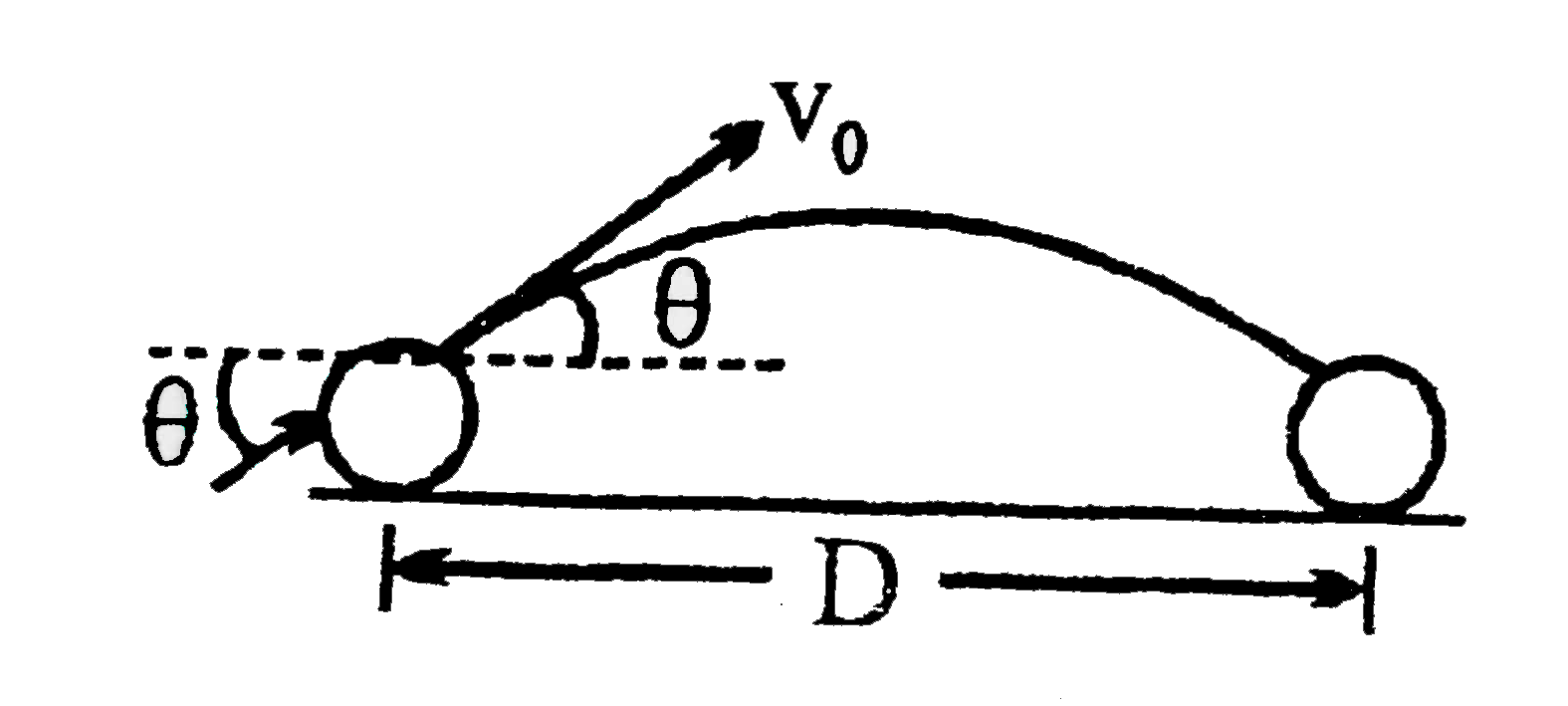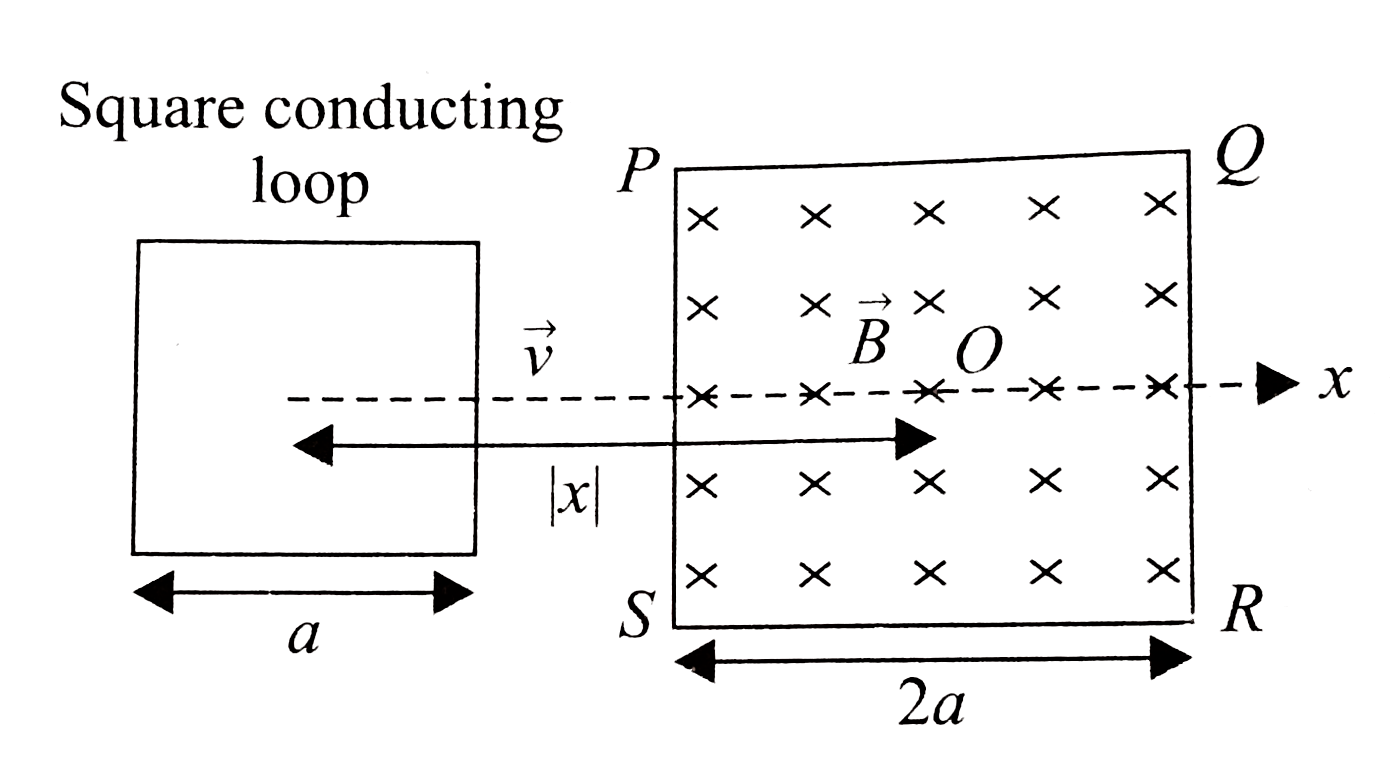(A) : A spinning ball in a region of uniform wind motion, will get an uplift (or) downlift.
(R ) : Due to spin of the all in a region of uniform wind motion, the difference in velocity of air flow is present between the lower and upper position of ball, leading to varying pressure.
Both (A) and (R ) are true and (R ) is the correct explanation of (A)
Both (A) and (R ) are true and (R ) is not the correct explanation of (A)
(A) is true but (R ) is false
Both (A) and (R ) are false
The correct Answer is:A
Topper's Solved these Questions
- MECHANICAL PROPERTIES OF FLUIDS BOOK - AAKASH SERIESCHAPTER - MECHANICAL PROPERTIES OF FLUIDS EXERCISE - EXERCISE-2
68 Videos
- MECHANICAL PROPERTIES OF FLUIDS BOOK - AAKASH SERIESCHAPTER - MECHANICAL PROPERTIES OF FLUIDS EXERCISE - EXERCISE-3
43 Videos
- MECHANICAL PROPERTIES OF FLUIDS BOOK - AAKASH SERIESCHAPTER - MECHANICAL PROPERTIES OF FLUIDS EXERCISE - EXERCISE-IA
175 Videos
- LAWS OF MOTIONBOOK - AAKASH SERIESCHAPTER - LAWS OF MOTIONEXERCISE - PRACTICE EXERCISE
108 Videos
- MECHANICAL PROPERTIES OF SOLIDSBOOK - AAKASH SERIESCHAPTER - MECHANICAL PROPERTIES OF SOLIDSEXERCISE - EXERCISE - 3
26 Videos
Similar Questions
Assertion:- A ball allowed to spin in a region of uniform wind motion, will get an uplift.
Reason:- Due to spin of the ball in a region of uniform wind motion, the difference in velocity of air flow is present between the lower and upper position of ball, leading to varying pressure.
View SolutionAssertion:- A ball allowed to spin in a region of uniform wind motion, will get an uplift.
Reason:- Due to spin of the ball in a region of uniform wind motion, the difference in velocity of air flow is present between the lower and upper position of ball, leading to varying pressure.
View Solution
Knowledge Check
Assertion:- A ball allowed to spin in a region of uniform wind motion, will get an uplift.
Reason:- Due to spin of the ball in a region of uniform wind motion, the difference in velocity of air flow is present between the lower and upper position of ball, leading to varying pressure.AIf both Assertion & Reason are True & the Reason is a correct explanation of the Assertion.BIf both Assertion & Reason are True but Reason is not a correct explanation of the Assertion.CIf Assertion is True but the Reason is False.DIf both Assertion & Reason are False.When a golf ball is hit by a club there are four phases to its motion : the impact, the flight, the bouncing and the rolling. Note that the parts of this quistion are indepents if you cannot answer something, try the next part. Throughout this problem ignore air resistance and any effects due to the ball's spinning. The impacts is one dimensional at an angle θ, so ball flies in the air at angle θ and lands at a distance D. the collision with ground has coefficient of restituion e. the friction between ground and ball during collision can be ignored. after numerous collision, the ball is seen to have zero vertical and horizontal velocity v1. as it moves on the ground, due to friction rolling bagins after some times, take ball to be a solid sphere

What is angular velocity of the ball when it rolls purely ?A5v0cosθRBv0cosθ3RC2(1+e)v0cosθ5RD2(1+e)v0cosθ5eRWhen a golf ball is hit by a club there are four phases to its motion : the impact, the flight, the bouncing and the rolling. Note that the parts of this quistion are indepents if you cannot answer something, try the next part. Throughout this problem ignore air resistance and any effects due to the ball's spinning. The impacts is one dimensional at an angle θ, so ball flies in the air at angle θ and lands at a distance D. the collision with ground has coefficient of restituion e. the friction between ground and ball during collision can be ignored. after numerous collision, the ball is seen to have zero vertical and horizontal velocity v1. as it moves on the ground, due to friction rolling bagins after some times, take ball to be a solid sphere

What is the total horizontal distance covered till all collisions are over ?AD1−eBD1−e2CeD1−eDe2D1−e2
PQRS is a square region of side 2a in the plane of paper. A uniform magnetic field B, directed perpendicular to the plane of paper and into its plane is confined within this square region. A square loop of side 'a' and made of a conducting wire of resistance R is moved at a constant velocity →v from left to right in the plane of paper as shown. Obviously, the square loop will enter the magnetic field at some time and then leave it after some time. During the motion of loop, whenever magnetic flux through it changes, emf will be induced resulting in induced current. Let the motion of the square loop be along x-axis and let us measure x coordinate of the centre of square loop from the centre of the square magnetic field region (taken as origin). Thus, x coordinate will be positive if the centre of square loop is to the right of the origin O (centre of magnetic field) and negative if centre is to the left.

External force required to maintain constant velocity of the loop for x=−95a will be
View SolutionWhen a golf ball is hit by a club there are four phases to its motion : the impact, the flight, the bouncing and the rolling. Note that the parts of this quistion are indepents if you cannot answer something, try the next part. Throughout this problem ignore air resistance and any effects due to the ball's spinning. The impacts is one dimensional at an angle θ, so ball flies in the air at angle θ and lands at a distance D. the collision with ground has coefficient of restituion e. the friction between ground and ball during collision can be ignored. after numerous collision, the ball is seen to have zero vertical and horizontal velocity v1. as it moves on the ground, due to friction rolling bagins after some times, take ball to be a solid sphere

Select the correct statements on the basis of above paragraph
View SolutionA conducting disc of radius r spins about its axis an angular velocity ω . There is a uniform magnetic field of magnitude B perpendicular to the plane of the disc C is the centre of the disc.
(i) No emf is induced in the disc
(ii) The potential difference between C and the rim is 1/2Br2ω
C is at a higher potential than the rim
(iv) Current flows between C and the rim

View SolutionTwo small balls of the same size and of masses m1 and m2(m1>m2) are tied by a thin weightless thread and dropped from a balloon. The tension T of the thread during the flight towards the ground after the motion of the balls has become steady state is (steady state means that the balls are coming down with uniform velocity due to the forces weight, air friction and upthrust). Consider that air is still without any wind below, during the motion of the balls through air:
View SolutionPQRS is a square region of side 2a in the plane of paper. A uniform magnetic field B, directed perpendicular to the plane of paper and into its plane is confined within this square region. A square loop of side 'a' and made of a conducting wire of resistance R is moved at a constant velocity →v from left to right in the plane of paper as shown. Obviously, the square loop will enter the magnetic field at some time and then leave it after some time. During the motion of loop, whenever magnetic flux through it changes, emf will be induced resulting in induced current. Let the motion of the square loop be along x-axis and let us measure x coordinate of the centre of square loop from the centre of the square magnetic field region (taken as origin). Thus, x coordinate will be positive if the centre of square loop is to the right of the origin O (centre of magnetic field) and negative if centre is to the left.

External force required to maintain constant velocity of the loop for x=−95a will be
View Solution
